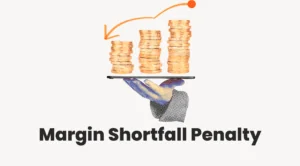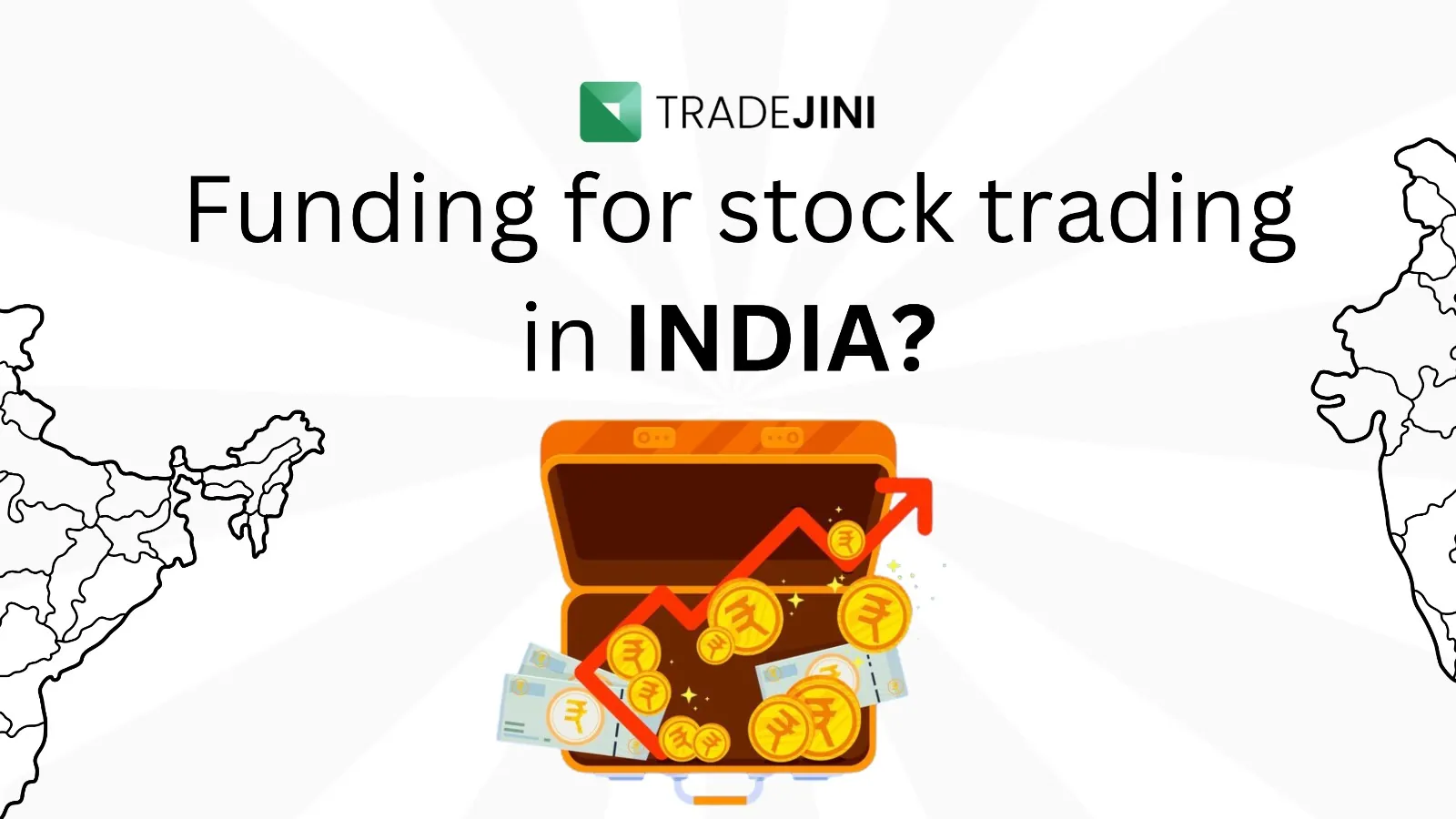In the world of trading, there are many ways to make a profit. Some strategies focus on reducing risk, while others help increase returns. One popular strategy that can bring in steady income while managing risk is the covered call options strategy. In simple terms, a covered call means selling a call option on stocks you already own. If you wish to understand more about it, then here is the read for you. In this blog, let’s understand what a covered call is, how it helps generate income, the risks you must watch out for, the best market conditions for a covered call options strategy, and more.
What is a Covered Call?
A covered call is an options strategy where you sell a call option while holding an equivalent amount of the underlying stock. By doing this, you give the buyer the right to purchase your stocks at a fixed price, which is called the strike price, for a certain period of time. In return, you receive a payment for selling this option.
Here, the "covered" part means you already own the stock. This is important as it reduces the risk. If the buyer decides to exercise the option and buy your shares, you already have them, so you are actually not scrambling to buy stocks at a higher price.
Check out our recent Video on Covered Call:
How Covered Calls Generate Income
One of the biggest reasons investors use the covered call options strategy is to make extra income from stocks they already own. The income comes from the premium you get when you sell the call option. If the stock stays below the strike price, you keep both the premium and your shares.
Moreover, in a market where stock prices are stable or rising slightly, selling covered calls can provide you with a steady stream of income without much risk. Isn’t that great?
How Covered Calls Work
- Own a stock: You have shares of a company’s stock.
- Sell a call option: You sell a call option for those shares, thereby, giving someone the right to buy your stock at a set price.
- Collect premium: You receive the premium for selling the call, which adds to your income.
If the stock price doesn’t go above the strike price, you keep your shares and the premium. If the stock price does go up, you might have to sell your shares, but you still get to keep the premium.
Also Learn: What Is the Open High Open Low (OHOL) Trading Strategy? Meaning, Examples, and Operation
Covered Call Strategy Example
Let’s understand it with an example and learn how the covered call options strategy actually works.
Suppose you own 100 shares of Tata Power Company Ltd, which is currently trading at ₹455 per share. You decide to sell a call option with a strike price of ₹475 as you believe the stock price wouldn’t go much higher than ₹475. For selling the call option, you receive a premium of ₹10 per share with a total of ₹1,000.
Now, what Could Happen:
- Stock price stays below ₹475
If the stock price does not rise above ₹475, the option will expire worthless. You keep both the ₹1,000 premium and your 100 shares. This is the perfect outcome for a covered call strategy. - Stock price rises above ₹475:
If the stock price goes up to ₹500, the buyer would likely exercise their option and buy your shares at ₹475. Here, you would have to sell your shares for ₹475, even though they are now worth ₹500. However, you still keep the ₹1,000 premium you received. - Stock price drops below ₹455:
If the stock price falls to ₹435, the option will expire worthless, and you keep the premium. But your stock has lost ₹20 per share (₹2,000 total), so you would face a loss on your stock holdings. The premium you earned helps, however, it would not cover the entire loss.
This is how the covered call options strategy generates income for you.
Risks & Limitations of Covered Calls
There is no doubt that the covered call strategy would help you generate income, but keep in mind that it also has some risks and limitations.
- One downside is that you limit how much you can make if the stock price rises significantly. If the stock prices increase significantly, you still have to sell at the strike price, so you miss out on larger profits.
- The worst-case scenario is if the stock price crashes. The premium you earned from selling the call option wouldn’t be enough to cover your losses if the stock price drops significantly.
- If the stock price rises above the strike price, the buyer may exercise their option and buy your stock. This means you would have to sell your shares, even if you would prefer to keep them for the long term.
Learn About: The Role of Panda Diplomacy: How China's Adorable Ambassadors Influence International Relations
Exit Strategies for Covered Calls
There are ways to manage your covered call options strategy to minimise risks or take advantage of opportunities.
Rolling Over the Option:
If the stock price is getting close to the strike price before expiration, you can "roll over" the option. This means buying back the current call option and selling a new one with a later expiration date or a higher strike price.
Closing the Position Early:
If the stock price is rising quickly and you do not wish to sell your shares, you can close the call option early. However, you would have to buy back the option, which might cost you part of the premium you received.
Letting the Option Expire:
If the stock price remains below the strike price, you can simply let the option expire. You keep the premium and your shares remain in your account.
Best Market Conditions for Covered Calls
A covered call options strategy works best under the following market conditions:
- When the stock price is expected to stay around the same level or rise slightly.
- When implied volatility (IV) is high, you can collect larger premiums for selling call options.
Conclusion
This is what the covered call options trading strategy is all about. Now, if you are looking to implement a covered call options strategy, make sure you are doing it on a good trading platform. Tradejini is one such platform that offers a range of services for options trading. With the Tradejini CubePlus app, you can easily track your options trades and manage your covered calls efficiently.
Download the CubePlus app today and start using the covered call options strategy to generate extra income!
Also Read: How Implied Volatility (IV) Works With Options and Examples



